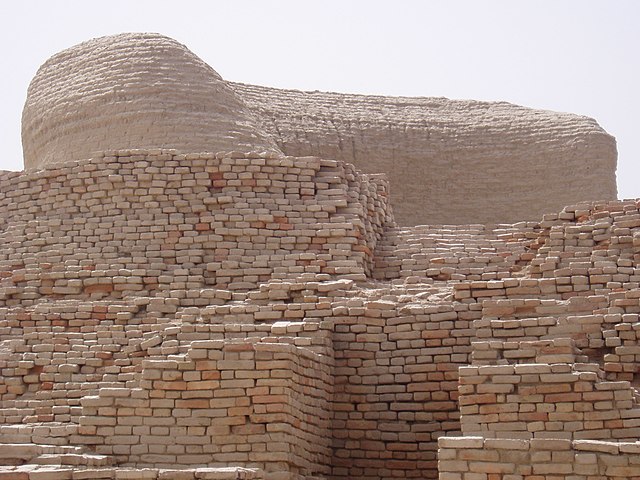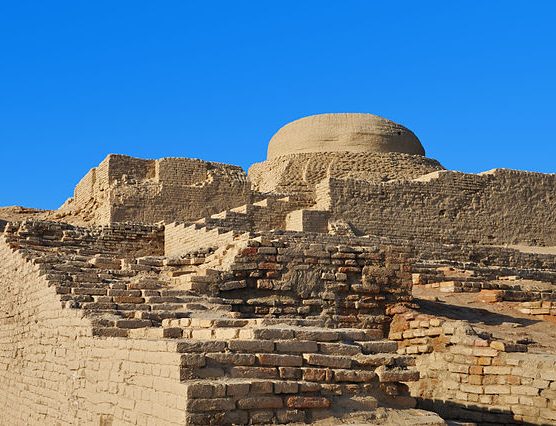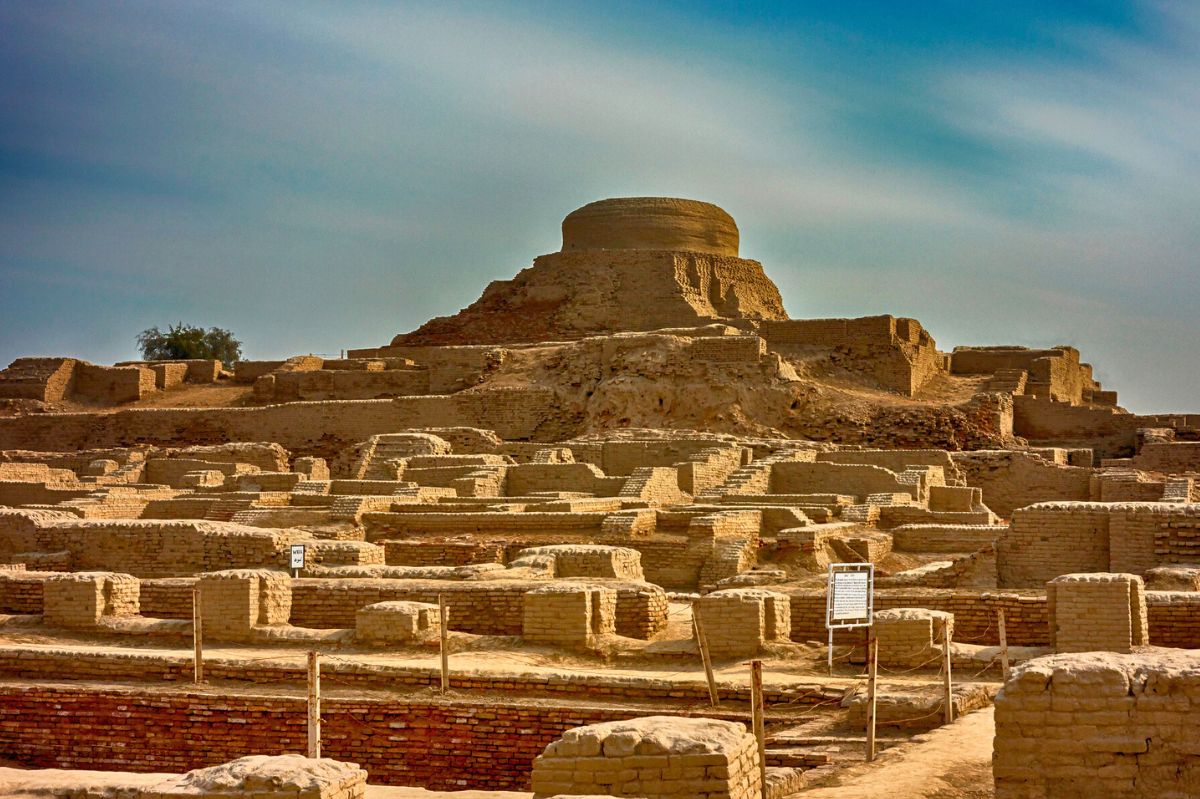The city of Mohenjo-Daro, one of the most remarkable urban centers of the ancient Indus Valley Civilization, is renowned for its sophisticated urban planning and construction techniques. Among the most striking aspects of its architecture is the use of standardized bricks, which played a crucial role in the city’s design and long-lasting durability. This standardization, which was adopted across the entire Indus Valley, not only showcases the engineering prowess of its builders but also highlights the advanced level of organization within the civilization.
Standardized Bricks: A Practical Solution for Efficient Construction
In Mohenjo-Daro, bricks were crafted using a standardized ratio of approximately 1:2:4—where the length was twice the width and four times the height. This consistency in brick size allowed for uniformity in construction and ensured that buildings were stable and well-aligned. The precision with which these bricks were made indicates that the builders had a strong understanding of material science and construction techniques.

This approach wasn’t confined to just Mohenjo-Daro. Archaeological evidence shows that other cities in the Indus Valley Civilization, such as Harappa and Dholavira, also adopted this standardized brick size. The widespread use of uniform bricks across multiple cities points to a coordinated approach to urban development, suggesting centralized planning or at least shared architectural knowledge.
Impact on Urban Planning and Infrastructure
The standardized bricks were a key component of the Indus Valley’s advanced urban planning. Mohenjo-Daro itself was built with a grid-like layout, with wide streets running parallel to one another and buildings arranged in blocks. The uniformity of the bricks made it easier to construct stable, multi-storied buildings around open courtyards, optimizing both space and functionality.

This systematic approach to urban design not only facilitated daily life but also helped the city manage its infrastructure, particularly in flood-prone areas. The ability to construct with consistent materials allowed for rapid development and maintenance, further strengthening the city’s resilience and long-term sustainability.
Cultural and Technological Significance
The use of standardized bricks reflects more than just practical construction—it reveals the cultural and technological sophistication of the Indus Valley Civilization. The fact that multiple cities adhered to the same building standards suggests a high degree of social cohesion and shared values. The bricks were made from durable kiln-fired mud, which helped preserve the city’s structures over thousands of years, allowing Mohenjo-Daro to remain one of the most well-preserved ancient sites.

Additionally, the uniformity of the bricks could also have played a role in fostering trade and communication across the Indus Valley. Builders and merchants could rely on a consistent system of measurements, facilitating the movement of materials and knowledge across cities, and strengthening economic and cultural ties between distant regions.
Conclusion: A Legacy of Innovation and Organization
The standardized bricks used in the construction of Mohenjo-Daro are a testament to the innovative spirit and organizational prowess of the Indus Valley Civilization. Their precision and consistency reflect a society capable of executing large-scale urban planning projects and maintaining a high level of efficiency. This architectural ingenuity laid the foundation for the development of sustainable cities that influenced future urban planning practices.

The use of standardized bricks in the Indus Valley highlights the civilization’s remarkable ability to integrate advanced technology, social organization, and urban design. The legacy of this standardization is not only seen in the impressive ruins of Mohenjo-Daro but also in the broader context of ancient architecture and urban development. Through this innovation, the Indus Valley Civilization has left an enduring mark on history, showcasing a model of urban planning that still resonates today.

